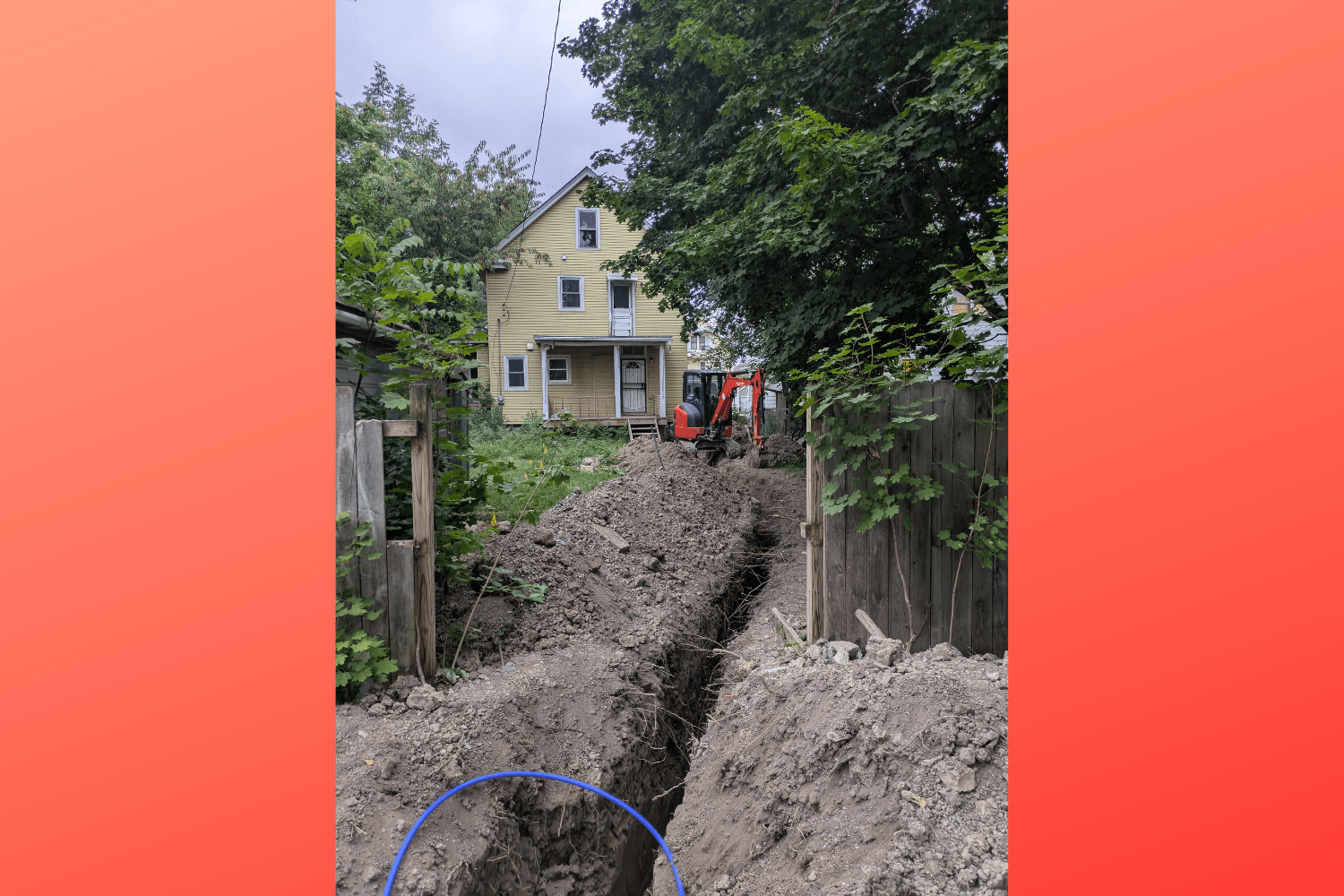Editorial Commentary

LORAIN — A south-side homeowner thought he was finally in control of his family’s future. After years of small leaks and rising water bills, he invested thousands to replace every inch of water piping in his house. He even dug his own trench to the city’s water shutoff, determined to eliminate any weak links between his home and the main line. That’s when he discovered the shut-off valve leading water to his home was allegedly made of plastic, something he never installed. Now, he says, the city wants him to pay for its replacement too. For many residents, his story captures a growing frustration across Lorain: no matter how much they pay, repair, or sacrifice, the rules seem to change and the people making those rules are not listening.
Stories like his are becoming more common throughout Lorain. Streets riddled with potholes go unrepaired while residents are told there is no funding. Families wait months, sometimes years, for park upgrades or neighborhood improvements that never arrive. Homeowners face unexpected costs for waterlines, permitting fees, and infrastructure issues, often finding out too late that the responsibility and the expense fall on them.
Meanwhile, City Hall’s spending continues to grow. In 2024, Lorain’s personnel expenses rose to $42.6 million, up from $36 million in 2023. More than 130 city employees now make six figures, according to budget data. Officials say these costs are necessary to maintain essential services, but many residents question why, despite the higher spending, their neighborhoods and infrastructure see little visible improvement.
For many residents, and even reporters, the frustration is not only about money but also access. Earlier this week, I emailed Lorain Safety Director Rey Carrion seeking clarification on a public concern and received no response. When I visited City Hall in person, I was told I needed an appointment to enter Carrion’s office. This was not his private space but the public office funded by taxpayers. When I identified myself as a reporter, I was denied access entirely.
For residents already struggling to get answers about bills, repairs, and services, this lack of accessibility reinforces the perception that City Hall is out of touch with the people it serves. The tension goes beyond my experience. City leaders have discussed supporting state restrictions on so-called “vexatious” records requests, which open-government advocates warn could make it even harder for residents to obtain basic information. For many residents, there’s also a growing concern that when city operations lack transparency, even reasonable requests for records are sometimes treated as an inconvenience or a nuisance. To people who view oversight as a burden, any records request can seem “vexatious.”
Conflicts have also escalated at public meetings. Lorain resident Garon Petty, a frequent council attendee, was charged with trespass and disorderly conduct after a heated exchange at the conclusion of a council session. He later filed a defamation lawsuit against the city clerk, alleging retaliation. These incidents point to a larger issue: information flows into City Hall, but it does not always flow back to the people.
For decades, Lorain has operated under a system where a small circle of leaders controls most city decisions. Limited turnover, tightly managed meeting rules, and minimal public debate have created the perception that City Hall serves itself before serving residents. Budgets are often drafted behind closed doors. Major spending decisions move forward without meaningful public input. Meeting agendas are tightly controlled, and citizen-driven discussion is rare. Many residents who raise concerns leave meetings feeling dismissed. This is not about political parties or ideology. It is about balance. Without open discussion and competing ideas, policies stagnate and accountability weakens.
Lorain’s challenges will not be solved overnight, but residents have tools to demand transparency and drive change. Citizens have the right to request budgets, payroll data, and internal documents through Ohio’s Sunshine Laws, and the Ohio Attorney General’s Sunshine Laws Manual explains how. Attending council meetings and asking questions on the record makes it harder for City Hall to ignore community concerns. Lorain also needs fresh perspectives, and resources from the Lorain County Board of Elections and the Ohio Secretary of State explain how to get on the ballot or support challengers. Neighborhood associations and grassroots advocacy groups are also effective at tracking spending, monitoring projects, and holding leaders accountable. When residents organize, their voices carry more weight.
The south-side homeowner should not have to pay for a problem he did not create. Residents should not need appointments to visit the offices they fund. Taxpayers should not have to fight for answers about where their money goes or why their neighborhoods are left waiting. Lorain belongs to its people, not to a few decision-makers behind closed doors. If you are frustrated by unanswered calls, rising bills, and limited accountability, you are not alone. The power to change Lorain’s future does not start in an office on the corner of Broadway and West Erie Avenue. It starts with you. Show up. Speak up. Stay informed. Demand better. When residents lead, Lorain follows.
Need to Reach City Hall?
If you have questions about city services or local concerns, here are verified phone numbers for key departments:

Police Department (Non-Emergency): (440) 204-2115
City Hall (Main Line): (440) 204-2525
Mayor’s Office: (440) 204-2002
Safety & Service Department (Rey Carrion’s Office): (440) 204-2011
Building Division (permits, planning): (440) 204-2045
Housing & Planning Division: (440) 204-2020
Code Enforcement / Property Maintenance: (440) 204-2283
Street Department (potholes, signage): (440) 204-2550
Water Distribution (hydrants, leaks): (440) 204-2285
Sewer Department (storm drains): (440) 204-2200
